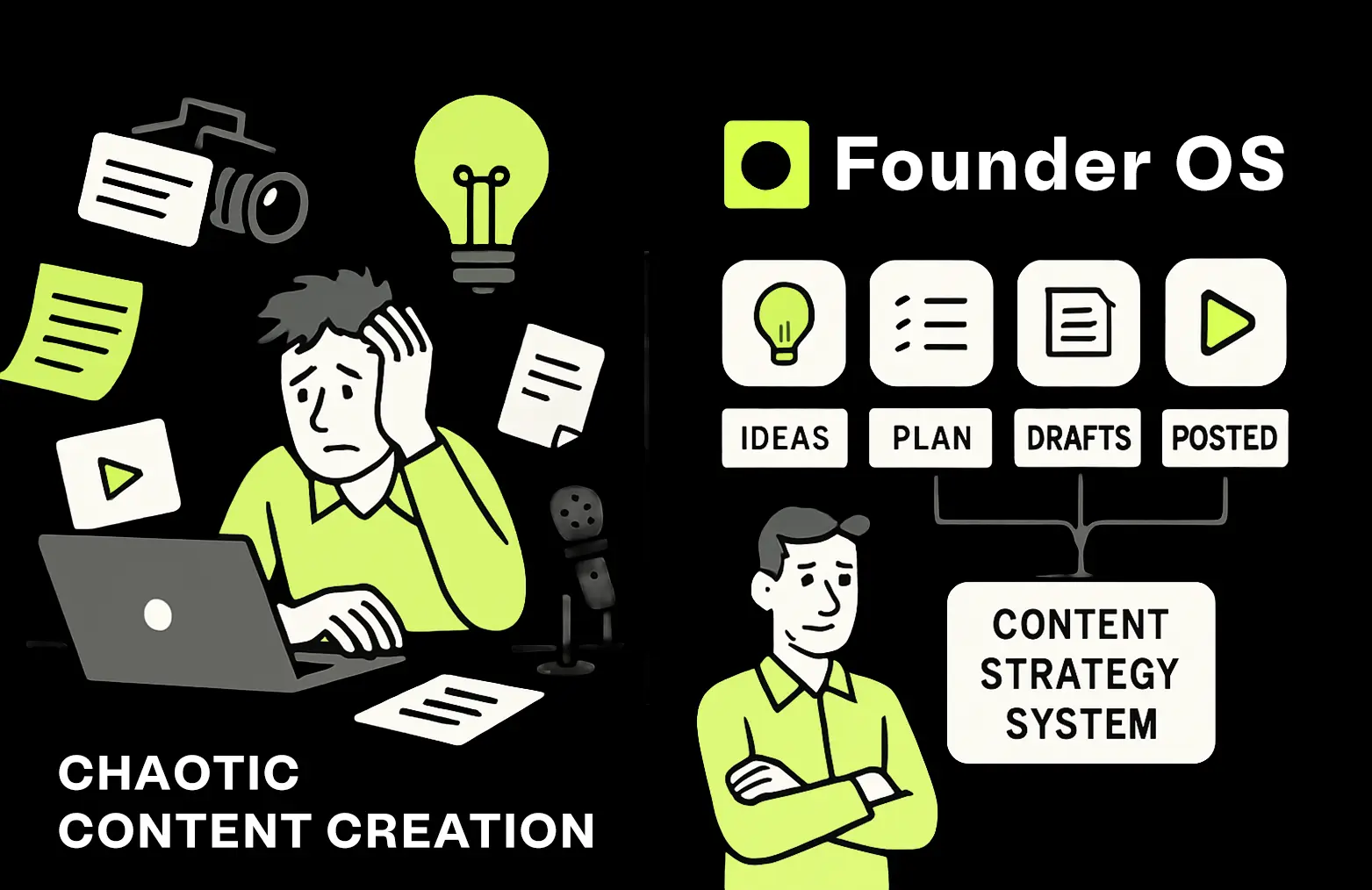What Is a Customer Journey Map?
Let’s break down what a customer journey map (CJM) is.
It starts with how you first learn about a product, like from a friend, a targeted ad, or a recommendation on social media. A CJM provides a clear understanding of the brand’s target audience and buyer personas.
Then, it follows all the steps you take. For instance, visiting their website, checking out the product, reading online reviews, and deciding to buy or use it. A CJM covers every single touchpoint between you and the company. It maps out customer interactions across many channels from an omnichannel perspective.
Here are some of the common touchpoints you might find on a CJM:
- Browsing the Website: Looking at different pages, product features, and pricing options.
- Using the App: Finding out how the app works and testing its functionality.
- Social Media Interactions: Following their page, liking posts, or asking questions to get a feel for the brand personality.
- Reading Online Reviews: Seeing what other people think and getting social proof.
- Email Communications: Offers, confirmations, or newsletters that keep the company on your radar.
- Talking to Customer Support: Asking for help with a question or problem and evaluating the quality of the customer service team.
A customer journey map helps everyone in the company put themselves in the customer’s shoes to gain a customer-centric perspective. This builds empathy. Thus, they understand how you feel. They know what your customer needs are throughout your experience.
CJMs also highlight pain points. These frustrating moments might make a customer want to leave, and can impact overall customer loyalty. Fixing those pain points makes the experience better for everyone and is key to boosting conversion rates.




.webp)


